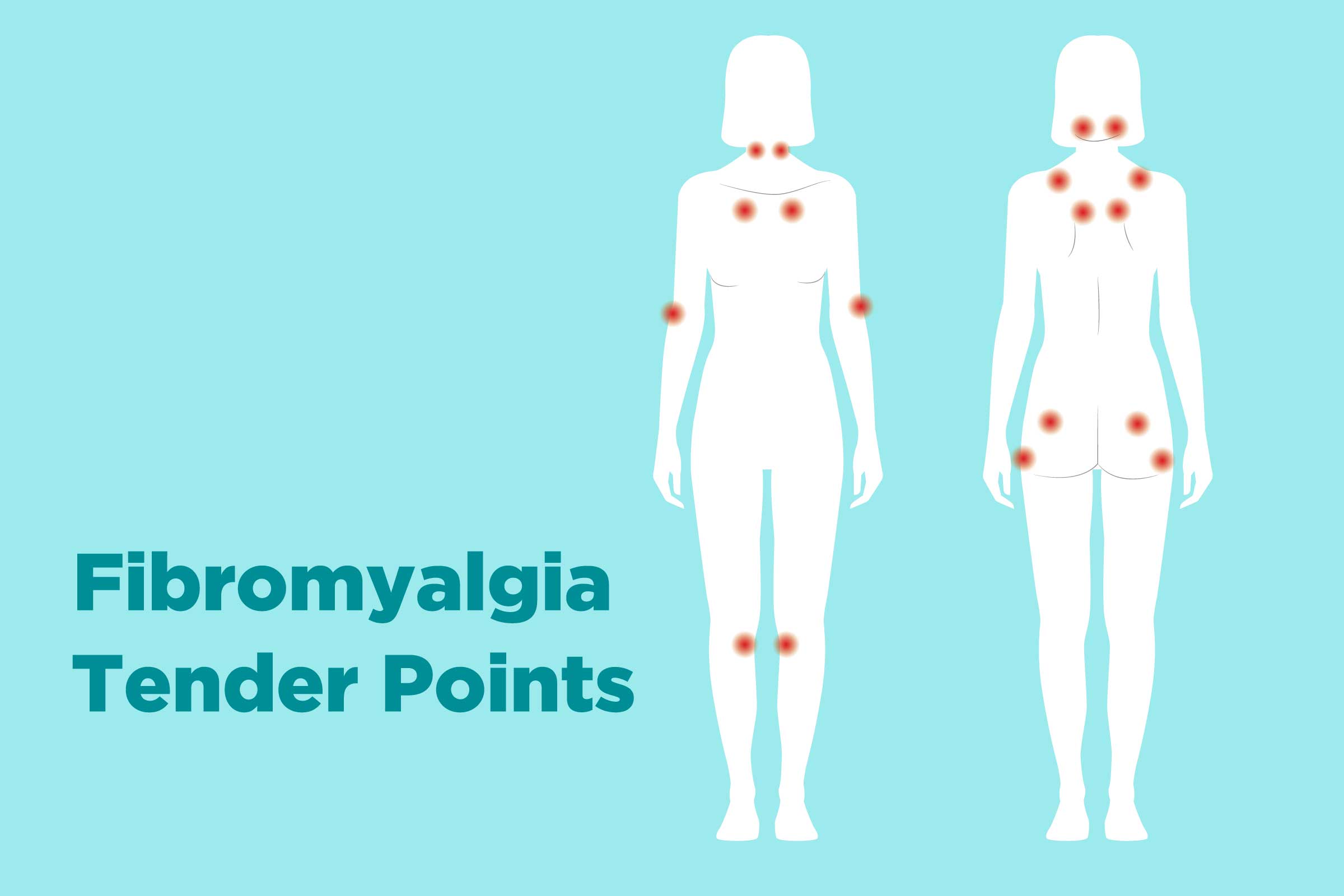Throat Cancer
Introduction
Throat cancer, also known as laryngeal or pharyngeal cancer, affects the tissues of the throat and voice box. It can occur in various parts of the throat, including the vocal cords, epiglottis, and tonsils. Early detection and understanding the symptoms are crucial for timely intervention. Let’s explore this topic further.

1. Risk Factors
Several risk factors increase the likelihood of developing throat cancer:
- Tobacco and Alcohol: Smoking and excessive alcohol consumption significantly raise the risk.
- HPV (Human Papillomavirus): Certain strains of HPV are associated with throat cancer.
- Age and Gender: Men over 50 are more susceptible.
- Occupational Exposure: Exposure to chemicals, dust, and asbestos.
- Poor Diet: Lack of fruits and vegetables.
2. Common Symptoms
Recognizing the symptoms can lead to early diagnosis:
- Persistent Hoarseness: Changes in voice lasting more than two weeks.
- Sore Throat: Chronic soreness or discomfort.
- Difficulty Swallowing: Dysphagia or pain while swallowing.
- Lump in the Neck: Enlarged lymph nodes.
- Unexplained Weight Loss: A concerning sign.
3. Diagnosis and Treatment
- Biopsy: A tissue sample is taken for examination.
- Imaging: CT scans, MRIs, or PET scans.
- Treatment Options: Surgery, radiation therapy, chemotherapy, or targeted therapy.
Conclusion
If you experience any persistent symptoms related to your throat, consult a healthcare professional promptly. Early detection and proper management improve outcomes for throat cancer patients.





